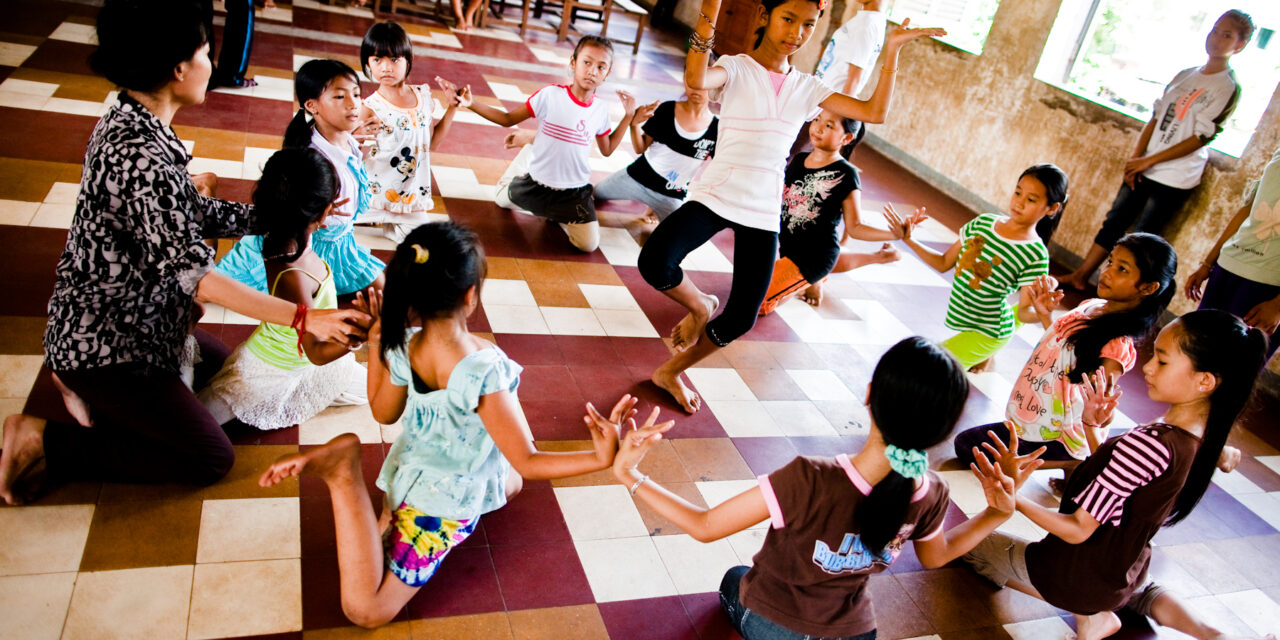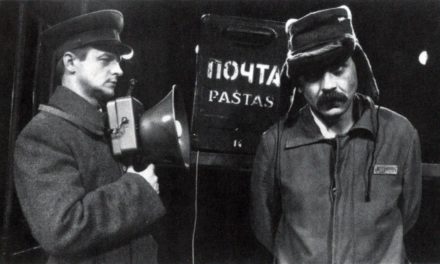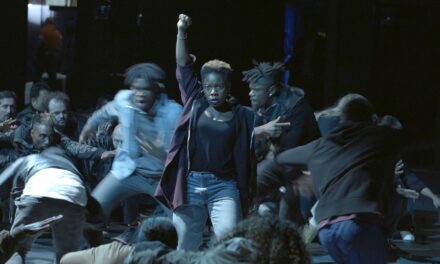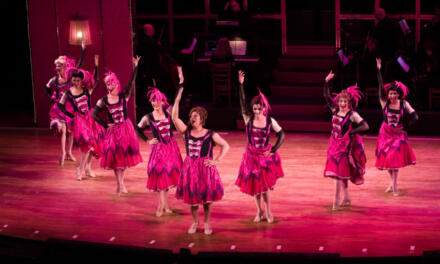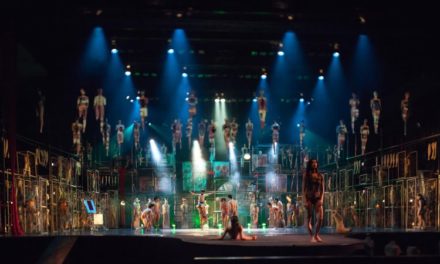Even though history has seen different disasters and humanitarian crises, one fact remains: we try to understand what is happening by seeing how others coped, comparing our reaction to theirs. These comparisons allow us to shed light on the best practices for managing or emerging from a crisis.
We note with the COVID-19 pandemic that there is not one response to crises, but many responses that are adapted and implemented through trial and error.
At the Canadian Research Institute on Humanitarian Crisis and Aid, our team was interested in a few examples where art and culture have been used to encourage development at the social, community, economic and civic level in various countries, including Haiti and Cambodia.
Cambodia is a special case. It was able to use art and culture to find a way to rebuild itself after the genocide that began in 1975 and ended with the fall of the Pol Pot regime in 1979. While the context is different, is there a way we can draw inspiration from the Cambodian example to recover from the current health crisis?
Art and culture in crisis
First of all, what do we mean by “crisis”? Are we simply referring to the health aspect?
Our government decision-makers have categorized the current period as a “war” against an invisible enemy. But a war leaves after-effects that are not only structural but social, societal and humanitarian as well. Also, as in armed conflicts, this “health war” has imposed a front line in hospitals and seniors’ residences.
In times of war, art and culture, which are important pillars of our societies, are hit hard and sometimes even strategically destroyed.
The Rebirth of Art in Cambodia
Cambodia has a long and rich history dating back to before the Middle Ages. It was during the golden age of the Khmer Empire (between the ninth and 13th centuries) that arts and culture became integrated into society through religion, rites, and customs.
However, for recent generations, this rich Cambodian culture with its oral tradition was greatly affected by the genocide under the tyrannical Khmer Rouge regime from 1975 to 1979. At this time, arts and culture almost completely disappeared, as did nearly 20 percent of the population (between 1.7 million to 3 million people), exterminated by Pol Pot’s dictatorship. The dictatorship fell from power in 1979. Instability and conflict remained for some 20 years.
In 1998, after Pol Pot’s last uprising in 1997, Arn Chorn-Pond founded the Cambodian Master Performer Program, which became Cambodian Living Arts, in order to restore art to its former glory. Born in Cambodia into a family of genocide survivors, he studied in the United States and worked as a social worker there for a few years before returning to Cambodia.
Today, Cambodian Living Arts brings together several hundred artists and employees working at different levels including arts education and heritage protection as well as the development of tomorrow’s leaders, markets and strong networks.
This non-profit organization uses art and culture to fulfill its mission of healing trauma, safeguarding traditions, restoring meaning to the community, and training young people to contribute to the development of the country. It now has an expanded ecosystem of partners in other parts of the world.
As Phloeun Prim, the non-profit’s current executive director explains the destruction–of cultural symbols and artifacts, such as religious and cultural sites, monuments, and works of art–is an integral part of the consequences of conflict. The oppressor, be it another country or a dictator, will seek to uproot the oppressed group from its identity, culture, and societal vision.
A Brutal Stop with the Pandemic
Although it hasn’t destroyed infrastructure, the global pandemic has hit the cultural sector hard with the closure of theatres and cinemas, bans on mass gatherings and the canceling of festivals. The performing arts, visual arts, and access to heritage often appear to have been last to be considered in reopenings while workers dependent on the gig economy have lost many opportunities.
In compensation, the federal and provincial governments have offered some assistance to the sector to survive and to develop.
However, as we can see with the debate around opening performance venues, economic measures are not enough for everyone and do not guarantee that the public will be there. The abrupt and prolonged halt in cultural activities, as well as the prospect of a second wave of COVID-19 contamination, suggest that there will be repercussions for a long time to come. A strategy of cultural regeneration supported by our governments and strong institutions, such as the Cambodian Living Arts in Cambodia, should be considered.
This regeneration work was essential for Cambodia’s recovery. Added to this was the need to transmit culture in order to rebuild bridges between generations, between individuals and between institutions. To share one’s art orally does not only mean passing on know-how. It also means passing on people skills.
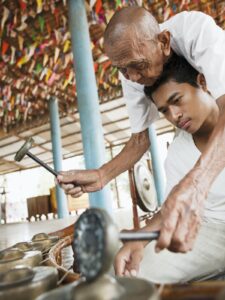
Master Ling Srey teaching Kantaoming, traditional Cambodian music used at funerals, in Siem Reap province, Cambodia. (Matthew Wakem)
By teaching his art, the master transmits his identity to the other. And the student has the duty to appropriate this knowledge in order to take it further and create his own interpretation of the symbols. This is what creates more resilient societies.
Today, Cambodian Living Arts continues to invest in current and future cultural leaders. They are the ones who will have to rebuild in the new post-crisis environment, where interactions, communities and identities will no longer be the same.
Reaching Out to the Public
At home in Québec, for example, we see local initiatives. TD Bank and Vidéotron have partnered to present musical performances on outdoor stages, in a “drive-in movie” format, where spectators can enjoy the event in their vehicles.
Others choose to travel to people. This is the case of the Théâtre de la Ville, in Longueuil near Montréal, which offers a traveling program of three shows. In this way, art met the public, a bit like street theatre, at the beginning of the confinement. Similarly, Le Festif, in Charlevoix, offers immersive listening sessions outdoors.
Teaching and propagating culture is about coming together and finding each other. Moreover, as noted by the UNESCO International Bureau of Education, every human being is capable, through art, of re-establishing their link with society.
Finding a New Normal
Our approach to art, culture and artist-citizen interactions will change in the new post-COVID reality. We will have to relearn, trust each other and then let ourselves forge new ways while respecting the rules.
A study by Habo studio shows that the return to “normalcy” in the consumption of the arts is not coming soon. It will take at least until 2021 (and perhaps 2022, according to some decision-makers in the field) before attendance levels return to pre-COVID levels, at least for the Montréal region.
As Québec’s rules for indoor and outdoor gatherings now vary regionally, the cultural sector continues to explore virtual or outdoor alternatives, and stay attuned to health regulations. Like us, it will be seeking to define its new normal.
Phloeun Prim, Executive Director of Cambodian Living Arts, co-authored this story.
This article was originally posted at TheConversation.comand has been reposted with permission. To read the original article, click here.
This post was written by the author in their personal capacity.The opinions expressed in this article are the author’s own and do not reflect the view of The Theatre Times, their staff or collaborators.
This post was written by François Audet, Alexandre P. Bédard, and Caroline Coulombe.
The views expressed here belong to the author and do not necessarily reflect our views and opinions.

